Art & Culture, Seasons and Holidays, Travel and Excursions
A Crisp Day at Lowden State Park
My last day in Oregon (Illinois) was a chilly one. I was tempted to snooze in the cabin but had to check out by 11:30, so I enjoyed a pancake breakfast and then had the hostess nudge me toward Lowden State Park rather than Castle Rock for my next hike.
I said goodbye to the tipi at White Pines Inn and enjoyed driving past the other tipis on my way to the Rock River.
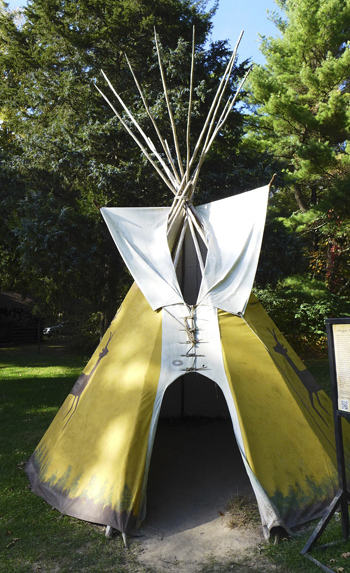
“Prancing in the Pines” by Jan Harvey of Polo, IL
Jan Harvey found the deer design in a gourd book and used the faux method to make the background look like deer skin with the hide rolled over the top. The trail of Tipis was created in conjunction with the Oregon Trail Days Festival as a year round attraction showcasing 30 authentic tipis.
The Sioux tipis were designed and hand painted by local artists and residents to act as a reminder of the rich Native American heritage in the area. During the annual July Oregon Trail Days Festival the tipis move to Lowden State Park to create an encampment that families can spend the night in.
While I did (inadvertently) come upon the Oregon Trail on my way in, it doesn’t seem that the historic Oregon Trail reached into Illinois.
I had been to Lowden years before, but had only visited the statue and not really walked the trails.
The Black Hawk Statue, officially known as The Eternal Indian, was created by Lorado Taft and John G. Prasuhn, beginning in 1908.
Inspired by the Souk Leader Black Hawk, though not his likeness, the monolith was dedicated in 1911.
It is 48 feet tall. The hollow statue is reinforced with iron rods and 8 inches to 3 feet thick.
The outer surface composed of cement, pink granite chips and screenings, is three inches thick.
Black Hawk was a Sauk leader who attempted to reclaim his land with 1,000 members of his and the Fox tribes. His efforts led to the Black Hawk War, triggered by the Battle of Stillman’s Run.
I’ve visited the Sam Houston Statue in Huntsville at least twice, but the technology was far more advanced to create that 67-foot statue than Taft had at his disposal in 1911.
The first pour of the statue froze and had to be broken. The second pour on December 20 was done with insulation and steam piping and continued for 10 days around the clock.
Lorado Taft has created a few familiar sculptures.
I learned that this site used to be an artist retreat, and that a cabin is available to re-enact that bohemian gathering (though not as posh as the White Pines cabins).
The Eagle’s Nest Colony was started by sculptor Lorado Taft and his friends when they were invited to camp on the Lowden State Park site by then-owner Wallace Heckman in 1898. The colony was populated by Chicago artists who had ties to the Chicago Art Institute or the University of Chicago art department.
The original group included artists Ralph Clarkson, Charles Francis Browne and Oliver Dennet Grove; writers Hamlin Garland, Henry B. Fuller and Horace Spencer Fiske; architects Irving D. and Allen B. Pond; sculptors Lorado Taft and Nellie Walker; organist Clarence Dickinson; and University of Chicago Secretary James Spencer Dickerson.
The colony ended in 1942. Margaret Fuller penned “Ganymede to his Eagle†here in 1843.
Lowden Memorial State Park was designated in 1945, including the Eagle’s Nest property, to honor former Illinois Governor Frank Lowden. It has a few small trails, though I found the map’s drawings a bit off on my perusal.
I walked the steep stairs down to the river and enjoyed a very short Black Hawk trail along the water.
I was tempted to explore the reportedly more interesting Pines Trail, but hesitated to cross the busy road, so I will save that for another trip.
The map indicated a turn but the path dead-ended instead.
After getting winded and making use of two benches up the stairs (reportedly between 110 and 202 steps–I didn’t count), I walked the very short trail on the statue’s level.
The less official-seeming trail led into the Lorado Taft Field Campus, at which point I turned around.
With the air getting colder I decided to get back into my warm car and made my way down country roads toward home.
It was lovely to be away, learn a bit more about Illinois history and reset my brain.
Castle Rock is still on my list to (re)visit, but there are numerous other parks and forests as well, so we will see what next year brings travel-wise.


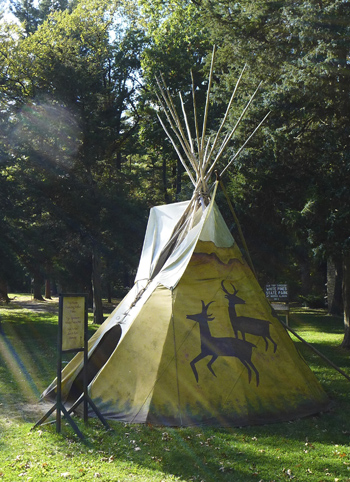
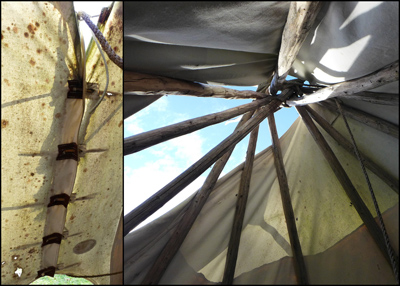
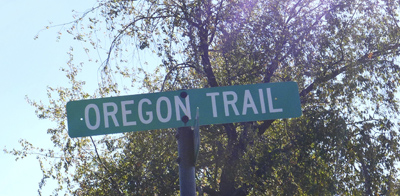
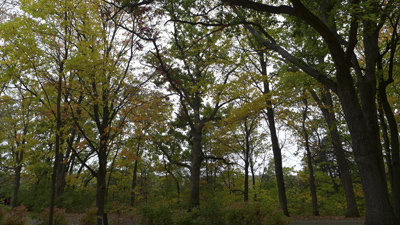
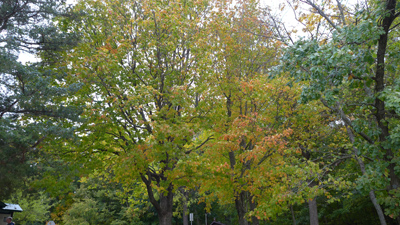
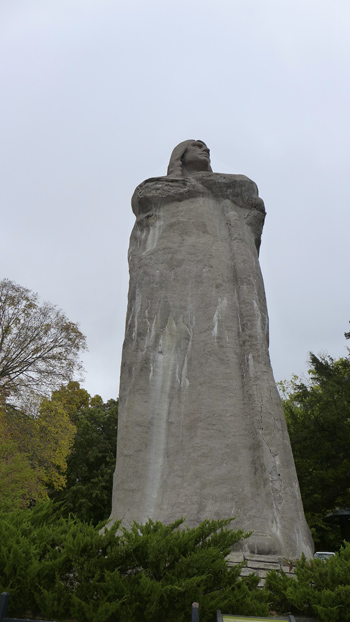
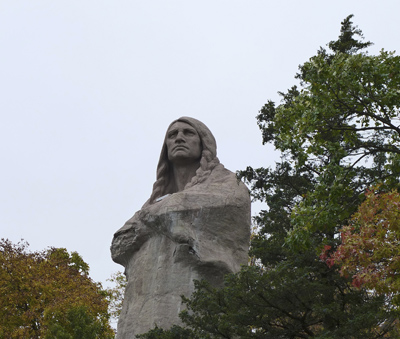
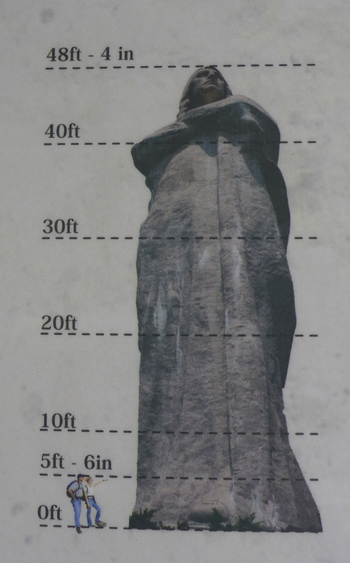
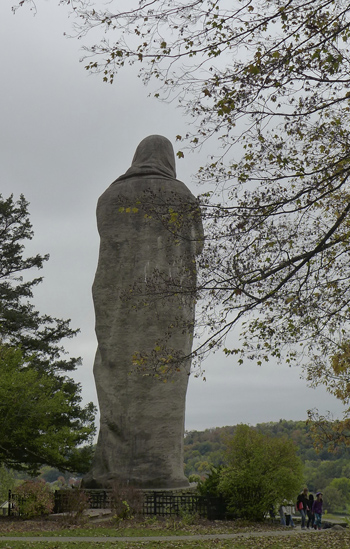
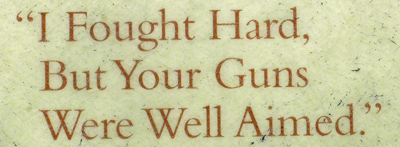
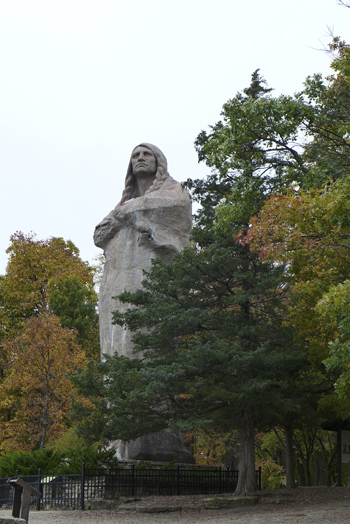
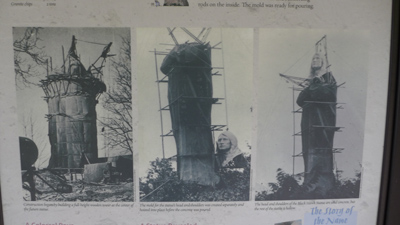

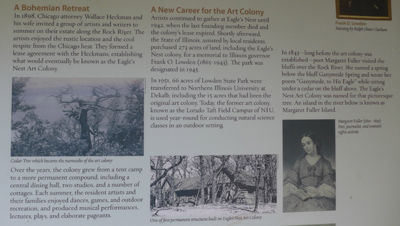
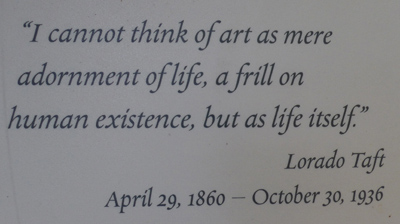
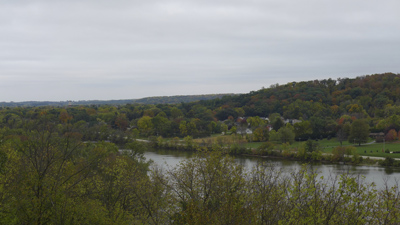
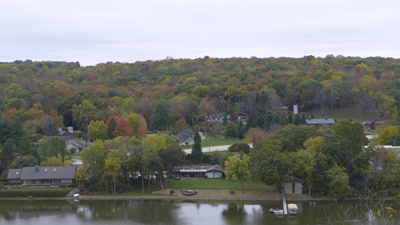
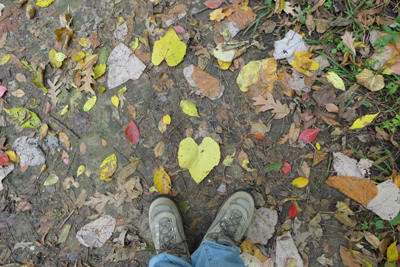
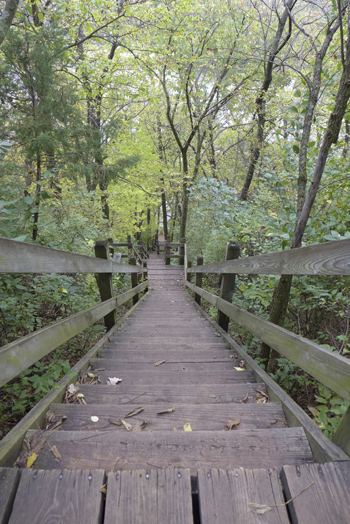
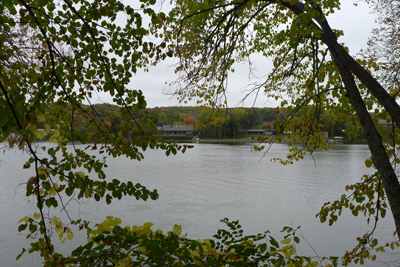
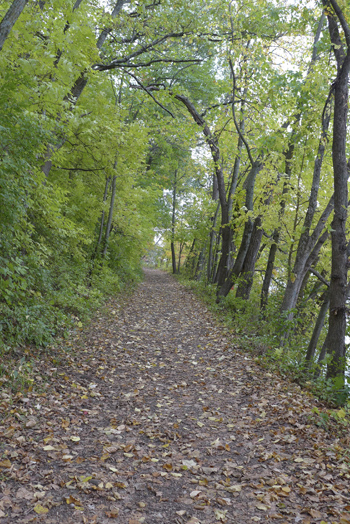
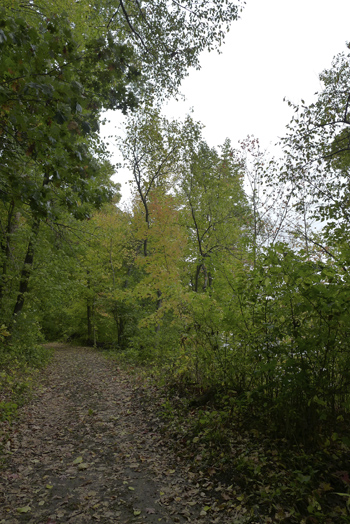
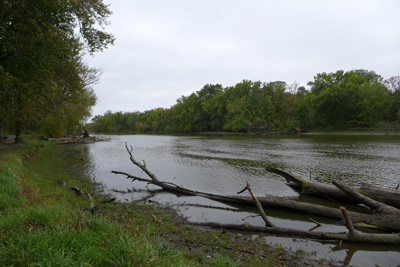
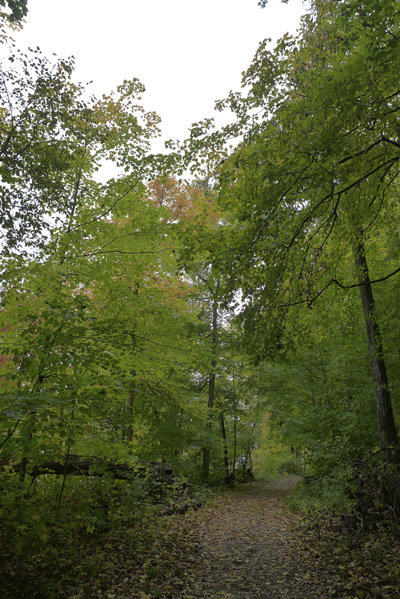
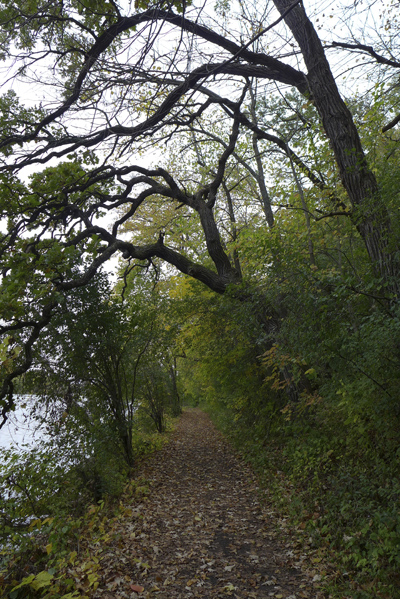
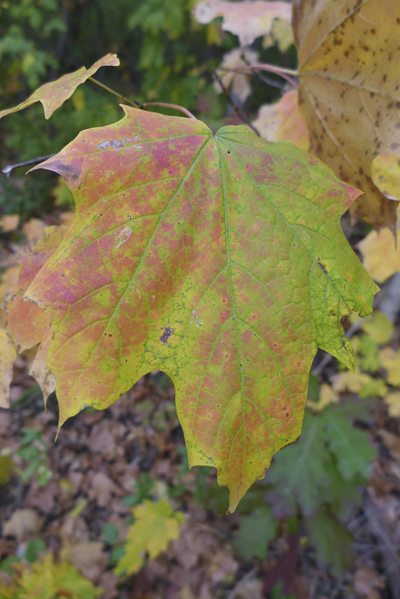
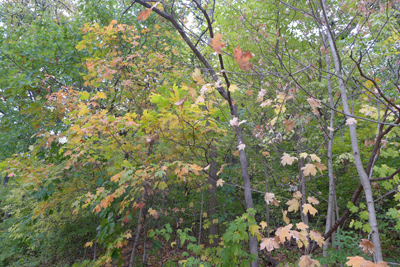
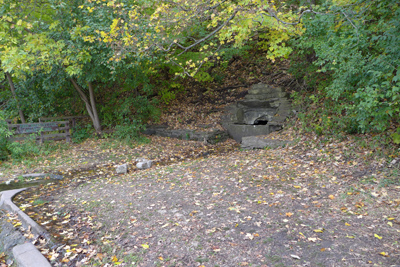
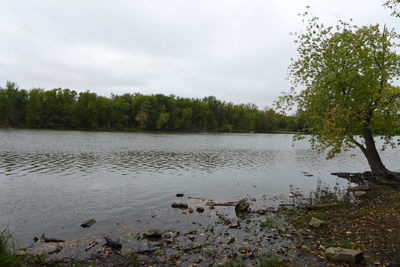
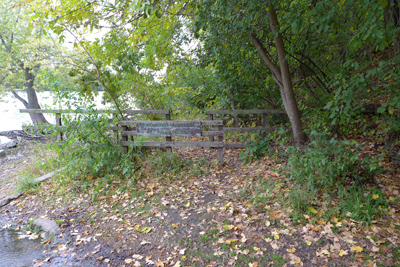
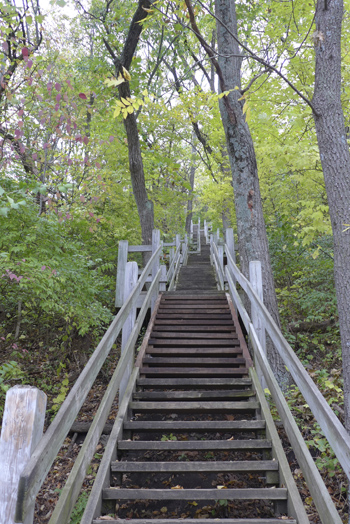
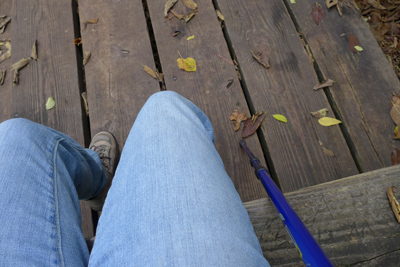
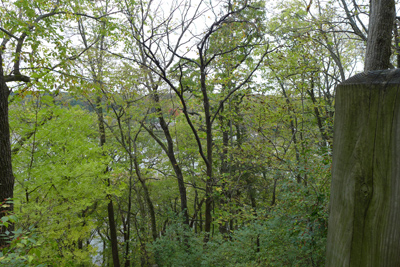
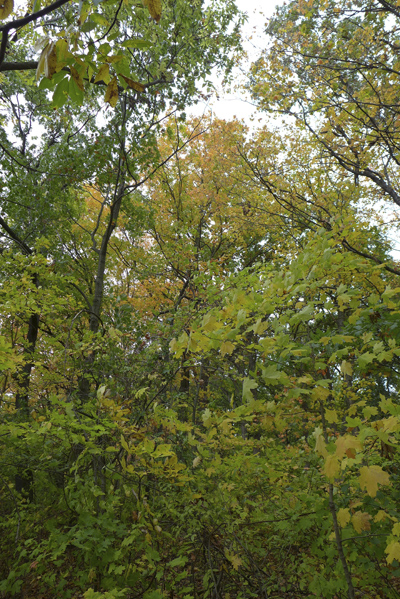
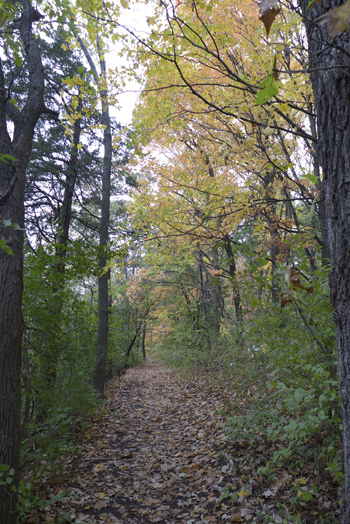
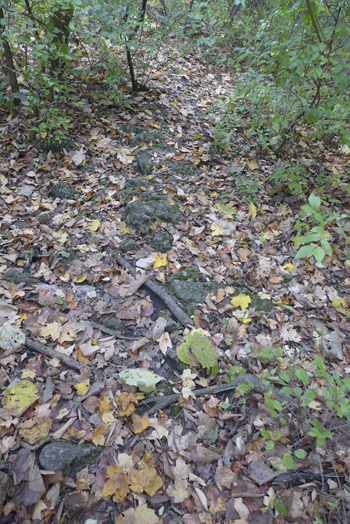
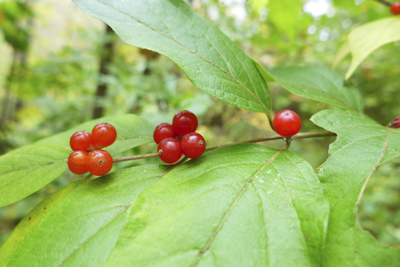
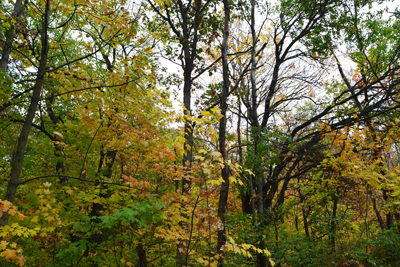
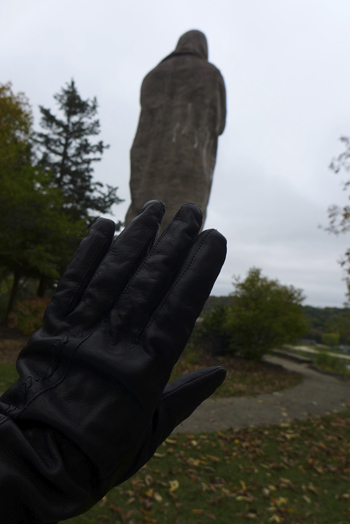
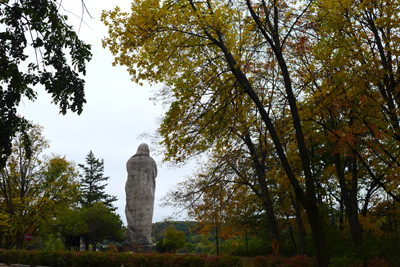
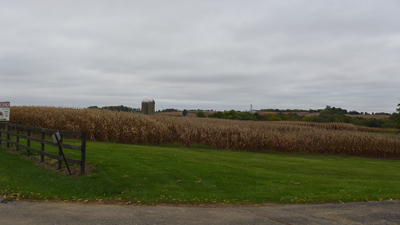
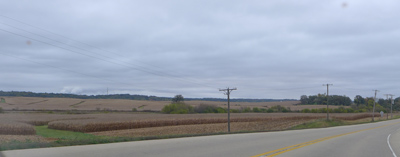
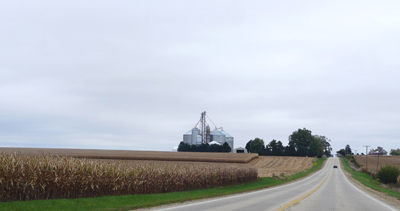


I enjoyed your site & the history associated with Lowden Park. My great grandfather drove a team of horses & worked on the crew that built the statue.
Thank you David. It sounds like you have some interesting family stories.
My grandfather, Rudolph Mammen, was one of the workers who poured concrete. He lived to be 95 and was the last living worker who worked on the statue. My husband’s grandfather, Harvey Masters, also drove teams of horses that hauled the concrete from Oregon up to the statue site.
I so enjoyed reading your blog of your trip to my hometown, Oregon, Illinois. I now live in the state of Oregon and get homesick for IL this time of the year. Your pictures and words brought back so many wonderful memories. My family, as many other families, came from Maryland to Ogle County after the Civil War. This county is rich with history. Thank you again for sharing.
What a lovely link to this amazing piece of history! Thank you for sharing.
How interesting that both Oregons are part of your life. It is indeed a very colorful time right now in Illinois. Thank you for reading!
Thank you for tis wonderful visit to my hometown. My father was part of the crew that repaired Blackhawk’s nose when it was struck by lightning. I loved walking those trails when I was younger.
wow, I didn’t know Black Hawk had a nose job, lol!